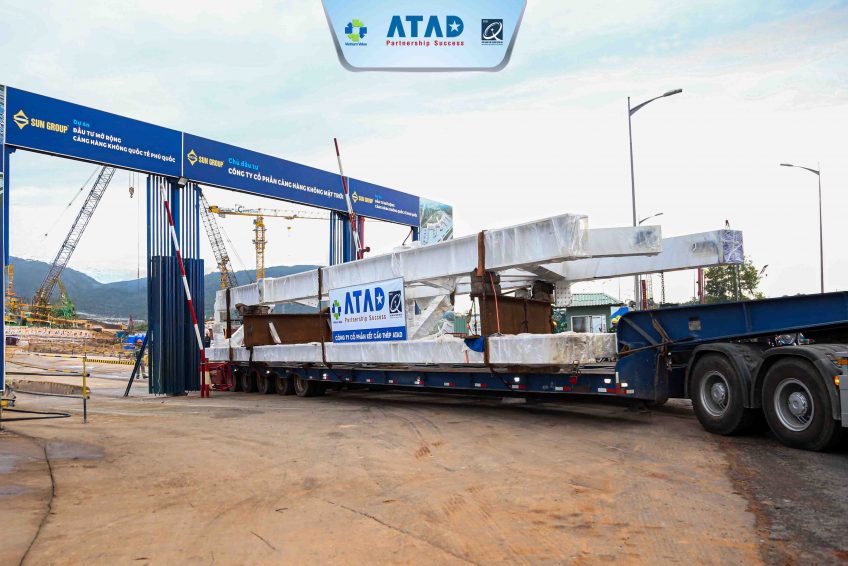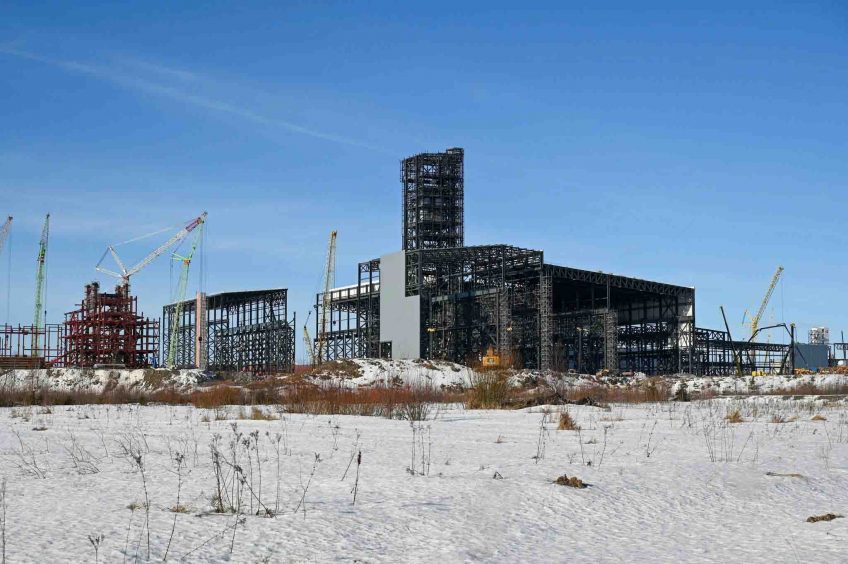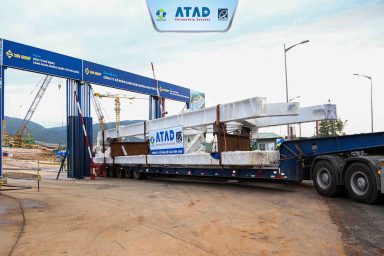Currently, Pre-engineered building are widely used in industrial, residential, military construction, and more. Pre-engineered building, standard workshops are primarily made up of steel structures. So, what is a steel structure? How is it constructed? Below, ATAD introduces the concept of steel structure and general information about steel structures.
1. What is a steel structure?
With improvements in quality and metal production processes, steel has become one of the most commonly used materials worldwide and plays a significant role in the construction industry.
A steel structure is a load-bearing structure of buildings designed and constructed from steel. This type of structure is widely used in the construction industry, especially in large-scale construction projects (Pre-engineered building) due to the beneficial properties of steel. Thanks to steel’s high load-bearing strength, this structure is very sturdy and requires less material than other types of structures such as concrete or wood structures.
In modern construction, steel frame structures are commonly used for various building structures like industrial workshops, offices, fences, bridges, conveyors, etc.
2. Main types of steel structures
- Frame structure: Beams, columns, trusses, braces, purlins.
- Grid structure: grid or vaulted structures.
- Pre-stressed structures.
- Girder bridges.
- Cable-stayed bridges.
- Truss structures: bars or trusses.
- Arch bridges.
- Vault architecture.
- Suspension bridges.
- Bowstring bridges: truss components.

3. Reasons for choosing steel structure
Fast construction time:
Components are manufactured at the factory (concurrently with the foundation construction on-site) and assembled on-site according to the architectural and technical drawings immediately after completing the foundation, helping to shorten the construction time on-site.
Ability to span large distances:
Steel structure has the ability to create large span space for wider spaces for various purposes. These spaces will not be affected by columns, and the distance between columns can be greater than 30m, convenient for fabrication and construction: fabrication in the workshop (strictly controlling progress and quality) and transportation and assembly on-site.
Enhancing aesthetic appeal of the project:
Steel structure brings unique beauty to the project, suitable for modern architecture, steel frames are lightweight, easy to shape, creating focal points in architecture.
Quality assurance:
Components are manufactured at the factory through processes, standards, and strict quality control before construction on-site. This ensures that the construction process is safe and the quality of the project is guaranteed.
Flexibility:
Easy to upgrade, modify in the future for new applications such as expanding space by adding additional steel frames. Additionally, since the project is connected by bolts, components can be completely dismantled and reused, installed in new positions.
















